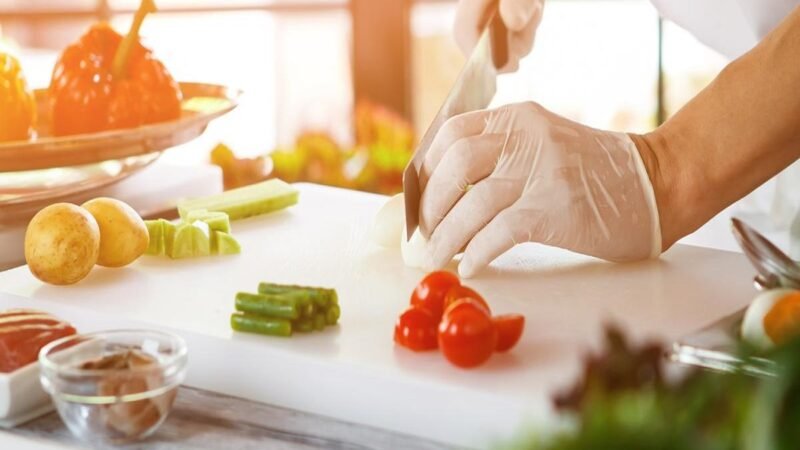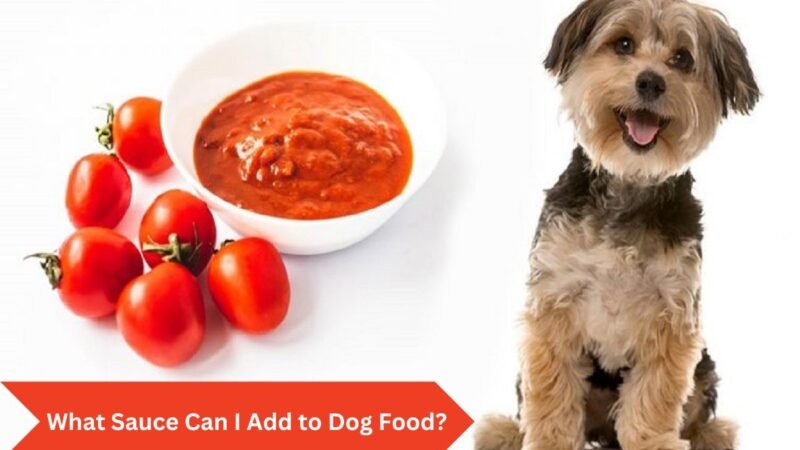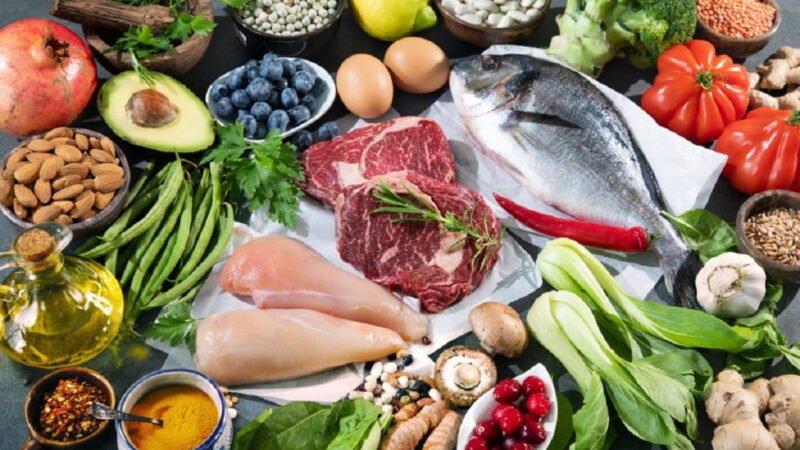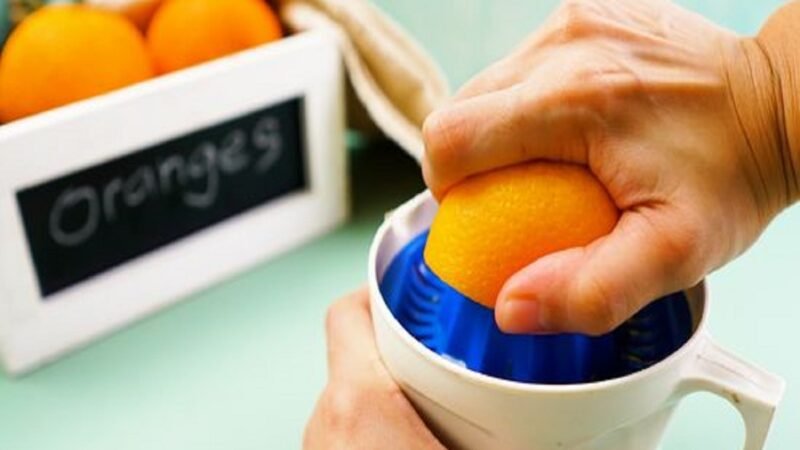Which Food Safety Practice will Help Prevent Biological Hazards?
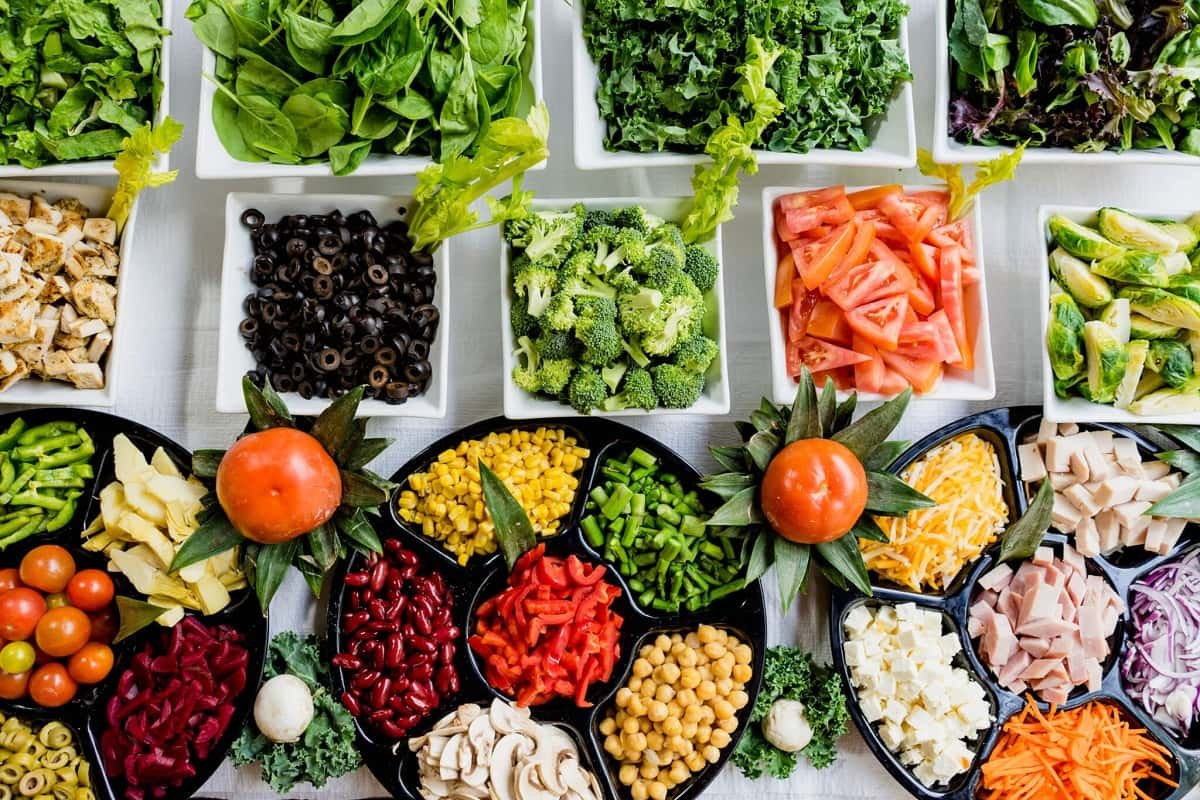
Zarina Mohd, the process project manager at Integrated Food Projects, talks about biological risks in food production and how important the processing step is in making food. Which Food Safety Practice Will Help Prevent Biological Hazards are harmful organisms or substances made by organisms.
These can include bacteria, viruses, yeasts, and molds. Our health can be hurt by these organisms, and eating them can often make us sick, make us drunk, or even kill us. The best way to get rid of biological hazards is to keep them from happening in the first place.
Table of Contents
Major biological hazards
Bacteria ex:
Salmonella spp., Enterohaemorrhagic Escherichia coli, Campylobacter jejuni, Yersinia enterocolitica, Listeria monocytogenes, Bacillus anthracis, Bacillus cereus, Staphylococcus aureus, Clostridium botulinum, Clostridium perfringens, Vibrio vulnificus, Vibrio parahaemolyticus
Virus ex:
hepatitis A virus, Norwalk viruses, Rotavirus
Parasites ex:
Toxoplasma gondii, Cryptosporidia, Giardia spp., Trichinella spiralis, Taenia solium, Anisakis spp.
What are the 4 types of food safety hazards?
Dangers to food safety can be put into 4 different groups. Each category describes the type of food safety risk and tells people who work with food what they need to do to control it. Any of the following can be a danger to food safety:
- Biological
- Chemical
- Physical
- Allergenic
All of the things that can make people sick or give them allergic reactions are included in these food safety risks. Depending on how contaminated the food is, how likely it is to happen, and how much damage it could do, these food safety hazards can have a small or big effect on public health.
Biological hazards in food
Out of the three types of food hazards—biological, chemical, and physical—foodborne diseases are most often caused by biological hazards. You may already know that these dangers come from pathogens, which are harmful microorganisms like viruses, bacteria, and parasites. Some of the most well-known foodborne illness outbreaks are caused by pathogens like Salmonella and E. coli. This makes biological hazards an important thing for businesses to think about if they want to keep their reputation for being safe and reliable.
Biological Hazard Prevention
The best way to keep customers from getting sick from biological hazards is to use good processing and storage methods. Steps must be taken to kill the food before it is packed, like cooking it thoroughly or pasteurizing milk and juices. When bacteria try to grow, packaging methods like vacuum sealing stop them from doing so. When storing, keeping the temperature right can stop microbes from growing by a lot. Lastly, there will be less cross-contamination of food products if there are good sanitation practices all along the chain of distribution.
Food Safety and Environmental Hazard Quiz
Food safety is about making sure that food is prepared, handled, and stored in a way that keeps people from getting sick or hurt from food. From the farm to the factory to your plate, food products may be exposed to a number of health risks along the way. At every step of the food production process, safe food handling practices and procedures are used to cut down on these risks and keep people from getting sick.
As a scientific field, food safety draws from a lot of different areas of study, such as chemistry, microbiology, and engineering. These different ways of thinking come together to make sure that food processing safety is done everywhere that food is found, made, cooked, stored, or sold. In this way, food safety is a systemic approach to cleanliness and responsibility that affects every part of the food industry around the world.
Chemical Hazards
Chemical hazards can be found by looking for harmful substances that are already in the food or that were added by accident during processing. Some chemical hazards are chemicals that are made by nature, like mycotoxins, chemicals that are added on purpose, like the preservative sodium nitrate, and chemicals that are added by accident, like pesticides.
Food Manufacturing Standards
Large-scale food manufacturing industries in the UK make almost all of the food that is sold in stores. Finished packaged foods can be made in many ways, such as by slicing and cutting, mixing, marinating, grinding, and so on. A big part of controlling microbiological safety is making sure that equipment is designed in a way that makes it easy to clean. This is because microorganisms can’t grow on clean, dry surfaces.
When talking about biological hazards, there are so many things to talk about. I just want to say that I hope we all got a good idea from this blog of how important and useful preventive actions can be in keeping harmful organisms from hurting the food production process.
Prions
Prions are small, harmful proteins that need a living host to grow and stay alive, just like viruses. They were only found recently and are best known for causing mad cow disease, which is an infection of the brain that kills cattle and other livestock. Since 1997, FDA rules say that cows, sheep, and goats can’t be fed animal protein in their veterinary food. 21 Prions can’t be found by color, smell, or taste, so the best way to avoid this pathogen is to avoid contaminated meats and listen to food warnings.
Sources
Most biological contaminants in food come from are:
- • animal guts: fecal contamination
- • Untreated sewage messed up the soil and water- manure
- • cross-contamination:
– human contamination due to poor personal
hygiene, contamination by feces, and failure in infection control
control (illness not reported)
– Food products became contaminated from
processing environment due to poor/improper
sanitation
What are the 7 kitchen hazards?
Here are seven of the most common kitchen dangers:
- Cross-contamination
- Equipment and tools cause physical harm.
- Chemicals getting into food by accident
- Burn hazards
- Food that gets contaminated by things like jewelry or hair
- Food goes bad because it was stored at the wrong temperature.
- Foods that aren’t cooked right
Physical Hazards
Physical hazards are things that are not food that is found in food. They are either natural parts of the food, like the stems in fruit, or things that don’t belong in food, like hair or plastic. It is very dangerous that aren’t caused by nature and are usually more dangerous to health, while natural physical dangers can be safe.
Physical Hazards Prevention
Physical hazards can be avoided mainly through careful inspection of food and strict adherence to food safety rules, such as Hazard Analysis Critical Control Point (HACCP), which we will talk about below. Organizations can also take steps to get rid of physical hazards before they happen. For example, different materials can be used to make light bulbs. Acrylic is lighter and stronger than glass, and when it breaks, it usually breaks into bigger, blunter pieces than glass does.
Allergenic Hazards
Last, and maybe most dangerous, are allergenic dangers. In the U.S., allergies are the sixth most common cause of long-term illness. Each year, more than 50 million people get sick from allergies. When the body’s immune system responds in an abnormal way to certain proteins in food, this is called an allergic reaction.
Allergenic Hazards Prevention
There is no way to stop having allergies, but you can lessen the chance of having an allergic reaction. As long as companies use good sanitation practices and clearly list any ingredients that might cause allergic reactions, allergic reactions will be kept to a minimum. Consumers are mostly responsible for avoiding allergic reactions, but they can only do this well if businesses do their part by keeping things clean and putting ingredients on labels.
How do you control significant food safety hazards?
Take steps to control your food business.
- Get a copy of your HACCP plan and risk assessment.
- Check to see if the hazard and control measures match up.
- Fix any mistakes and make sure your documents are up-to-date.
- Add any new or changed controls to your food business.
What are 5 potentially hazardous foods?
- Any kind of meat, raw or cooked
- Fruits and vegetables that are just cut
- Seafood
- Milk and cheese
- Rice and noodles
Regulations and Laws
Laws have been put in place by agencies like the Food and Drug Administration (FDA) and the United States Department of Agriculture (USDA) to help reduce food safety risks and make sure that food safety practices are safer. Because of this, food safety practices have become much stronger and more effective.
What are food hazards?
A food safety hazard is anything in food that could hurt the person eating it by making them sick or hurting them. Biological, chemical, or physical things can be harmful to food safety.
How do identify food hazards?
The right identification of food hazards is a part of the most popular food safety management systems, such as the Hazard Analysis Critical Control Points (HACCP) system. Identifying and analyzing these safety hazards are proactive ways to deal with their possible effects. Identifying hazards must be based on well-known and reliable sources because public health depends on them.
Hazard Analysis Critical Control Point (HACCP)
When HACCP was put into place in 1997, inspections of food were no longer based on “sight, smell, and touch,” but on science. The main ideas behind HACCP make it possible to look at biological, chemical, and physical risks along the supply chain. This stops outbreaks before they happen instead of having to deal with them after the fact. It also helped speed up the technology used to keep food safe. Because of HACCP, the number of illnesses caused by food has gone down by a lot.
How do you manage hazards?
Take the following steps to control workplace hazards and get rid of or lower the risk:
- By doing a workplace risk assessment, you can find the danger;
- find out how employees might be in danger;
- evaluate the risks;
- At least once a year, or more often if something changes, write down and look over the risks.
Frequently Asked Questions (FAQs) about Which Food Safety Practice Will Help Prevent Biological Hazards?
How do you prevent biological hazards?
Wash your hands often with soap and warm water. Putting on personal protective equipment (PPE) when dealing with biohazards. Some of these are gloves, facemasks and shields, respirators, aprons, special eyewear, and gowns or suits that cover the whole body.
What are the 3 biological hazards in food safety?
Bacteria, parasites, fungi, and viruses are all examples of biological hazards. They can grow on food that hasn’t been handled well or on food that has been tainted by something from the outside.
What are biological food hazards?
Out of the three, biological hazards are the most common cause of foodborne illnesses and the biggest worry for food service managers and Health Inspectors. Bacteria, viruses, parasites, molds, yeasts, and naturally occurring toxins are all examples of biological hazards.
Which of the following is a biological hazard?
Bacteria, viruses, parasites, and molds or fungi are all biological health risks. People can get sick if they breathe them in, eat them, or let them touch their skin. They can make you sick with things like food poisoning, tetanus, lung infections, or parasite infection.
What are the 5 biological hazards?
Maybe a biological hazard, like a fungus that makes people sick from eating it. When eaten, organisms with more than one cell can make you sick. Roundworms are an example of a possible biological hazard. Organisms that cause disease, like bacteria, viruses, parasites, or fungi.
What is a biological hazard in the workplace?
Biological hazards, also called biohazards, are organic substances that can harm people and other living things. In general, pathogenic microorganisms, viruses, toxins (from biological sources), spores, fungi, and bioactive substances are all examples of biological hazards.
Read More:
32 Best Things To Do in Weatherford Texas
How Long Can Goldfish Go Without Food?
When Should You Refuse to Accept Food in a Shipment?

